12 Great Plants to Pair with Turnips and Others to Stay Away From
Choosing the right plants to grow alongside turnips can improve their growth, protect them from pests, and make the most of garden space. Some plants naturally support turnips by enriching the soil or deterring harmful insects, while others may compete for nutrients and crowd the roots. Understanding which companions work well and which to avoid can help gardeners enjoy healthier and more productive turnip crops.
This post may contain affiliate links, which helps keep this content free. Please read our disclosure for more info.
Carrots
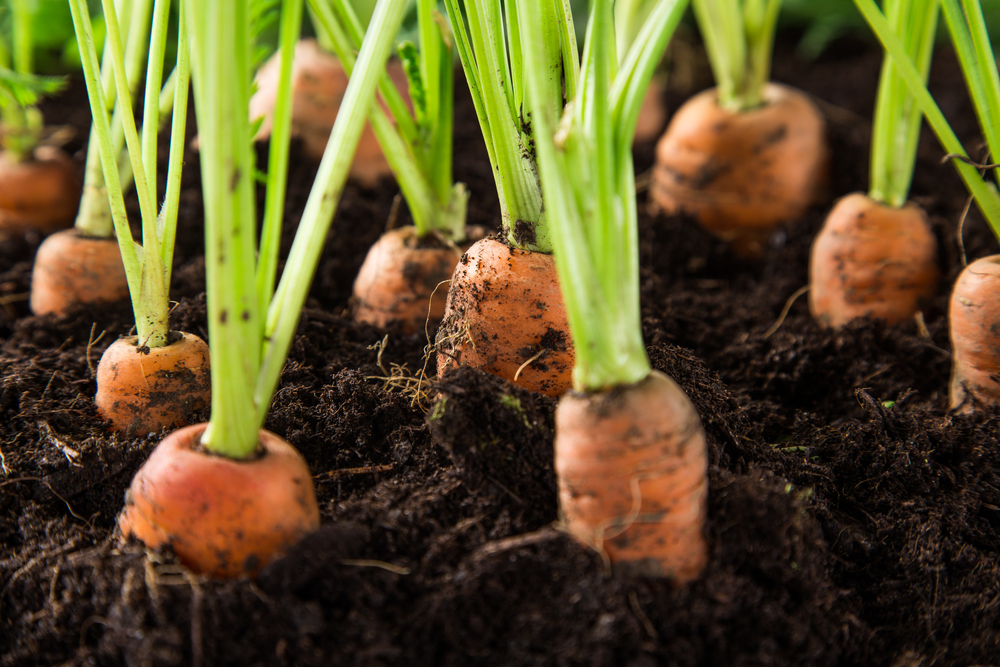
Carrots and turnips grow well together because they have different root depths. Turnips develop shallow roots, while carrots grow deeper. This allows both plants to access nutrients and water without competing too much, improving overall growth. Their foliage also helps shade the soil, reducing weed growth.
Avoid planting turnips near plants that compete for the same nutrients in the topsoil, but carrots complement them well by occupying a different root zone. Carrots also attract beneficial insects that can help control pests affecting turnips.
Peas
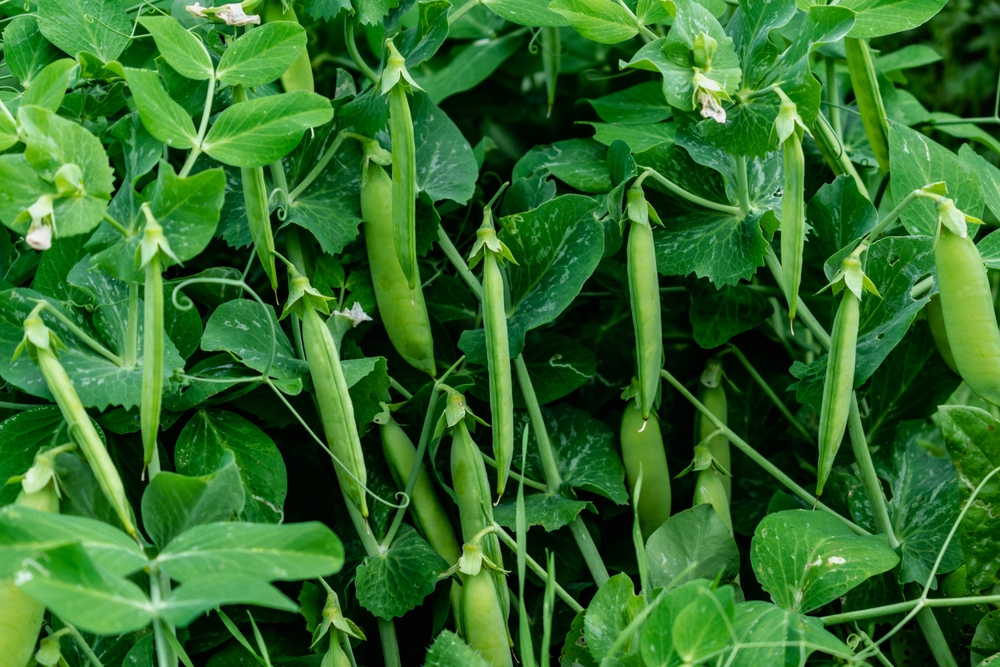
Peas are excellent companions for turnips because they fix nitrogen in the soil. This naturally enriches the ground with nutrients that turnips need to grow strong and healthy. Growing peas nearby can reduce the need for additional fertilizers.
Since peas are climbing plants, they do not take up much ground space, allowing turnips plenty of room to spread out. Their presence can also improve soil structure, making it easier for turnip roots to grow.
Onions
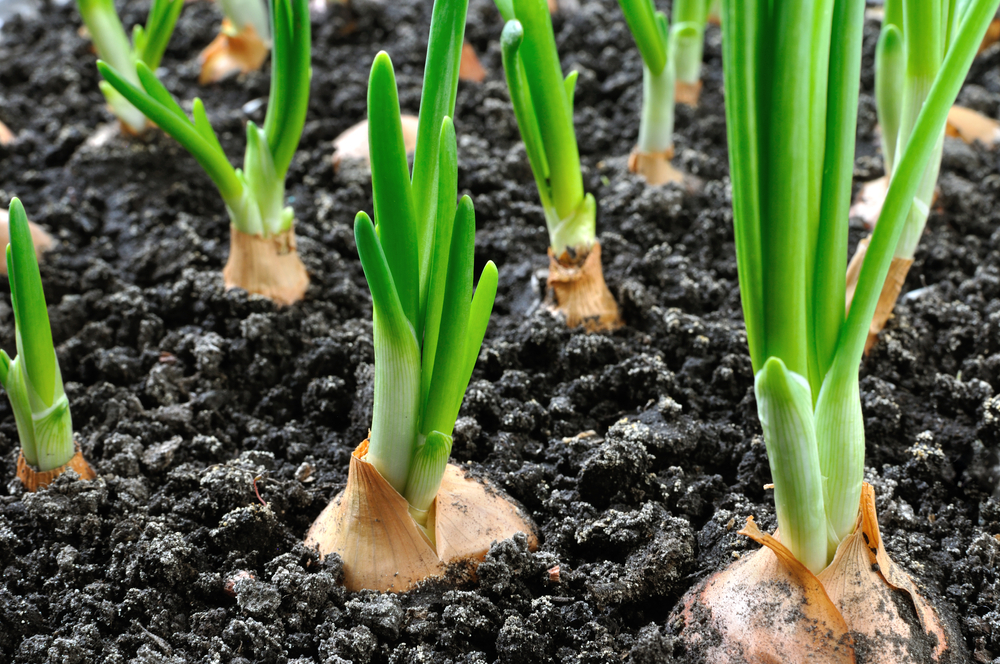
Onions make good companions because they repel common pests that bother turnips, such as aphids and carrot flies. Their strong smell is a natural deterrent, protecting turnip plants without using chemicals.
Onions require minimal nutrients compared to turnips, so they do not compete heavily for soil resources. Planting onions near turnips can lead to healthier crops with fewer pest problems.
Radishes
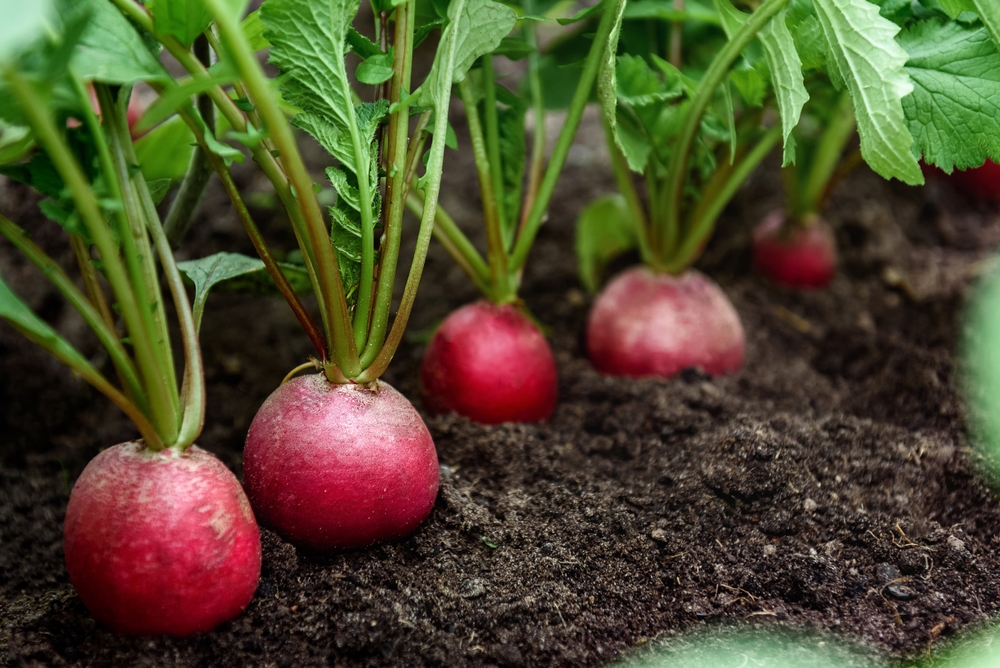
Radishes and turnips belong to the same family, but make good companions because radishes mature quickly and can be harvested before turnips need the space. This helps maximize garden space and allows radishes to act as a trap crop for pests like flea beetles.
Radishes also loosen the soil as they grow, which benefits turnip roots by improving aeration and drainage. However, avoid planting too many radishes close together to prevent overcrowding.
Spinach
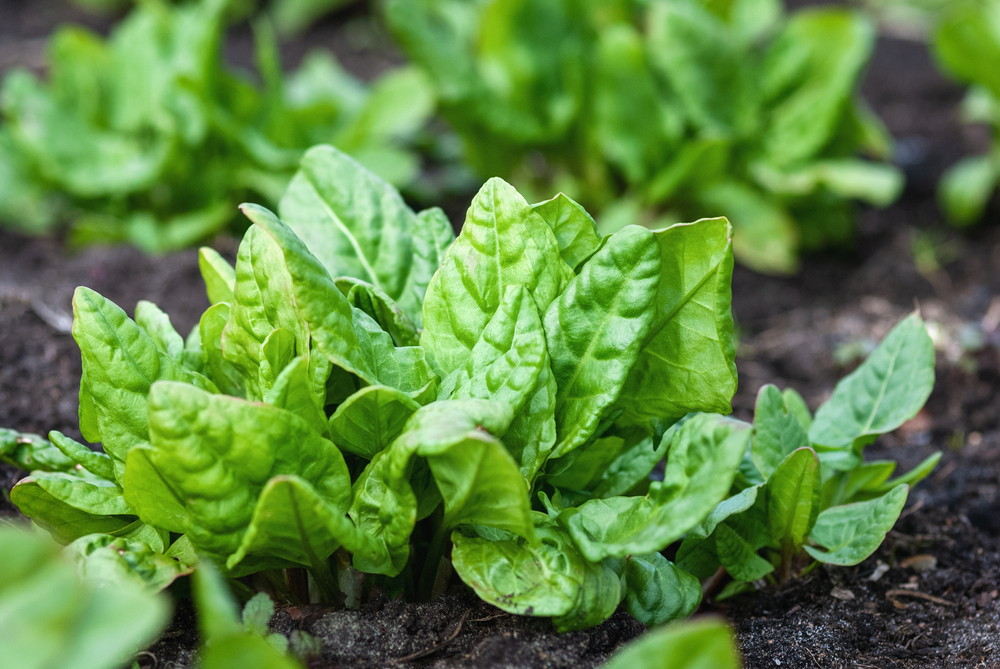
Spinach works well with turnips since it grows quickly and has a shallow root system. This means both crops do not compete intensely for soil nutrients and water. The dense leaves of spinach help shade the soil and keep moisture from evaporating, which supports turnip growth.
Additionally, spinach attracts pollinators and beneficial insects, creating a better environment for turnips. Planting these two together can lead to a more productive garden overall.
Beans
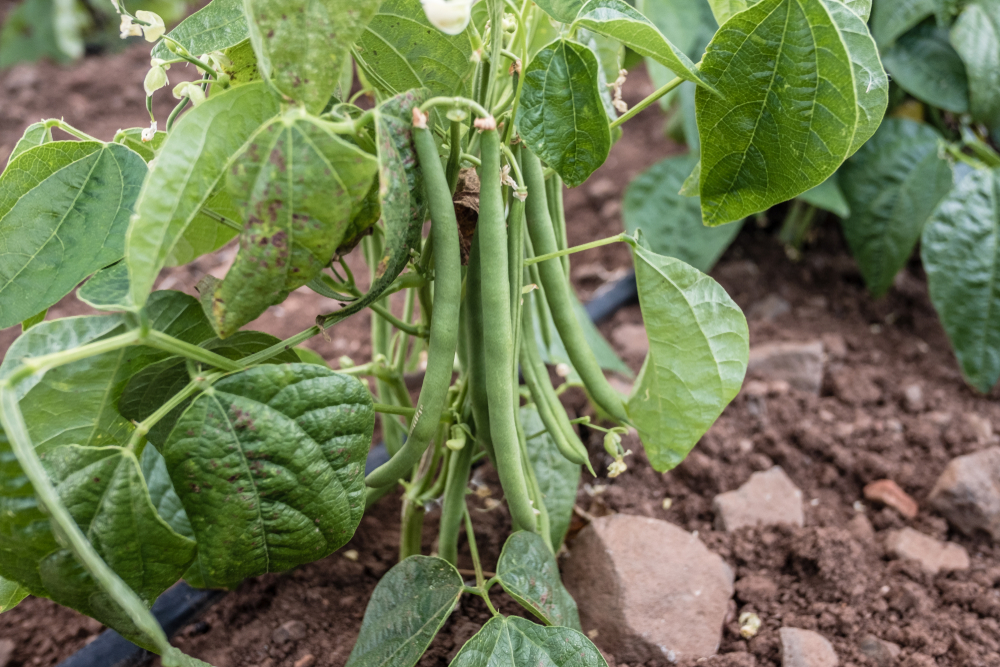
Beans are good companions because, like peas, they fix nitrogen in the soil. This natural nutrient boost helps turnips grow faster and stronger without extra fertilizers. Beans also climb upward, saving ground space for turnips to spread.
They attract helpful insects that prey on common turnip pests. Growing beans nearby can reduce pest damage and improve soil health, benefiting the turnips.
Cabbage
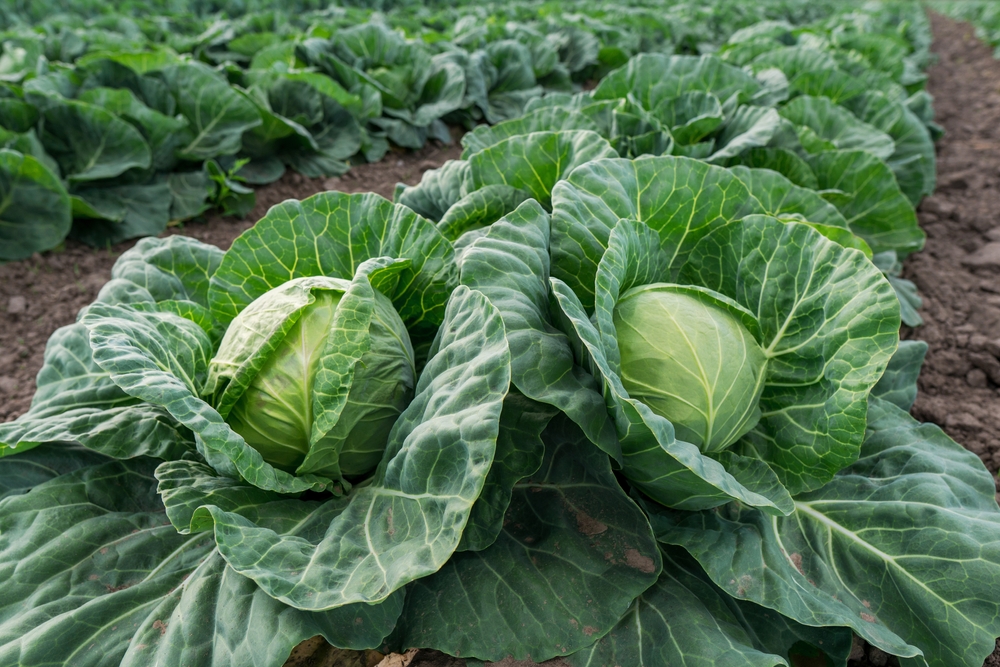
Cabbage and turnips are often planted together in vegetable gardens because they have complementary growth habits. Turnips grow quickly and can be harvested before cabbage fully matures. This allows gardeners to use space efficiently.
However, they both belong to the Brassica family and can attract similar pests, so it is important to monitor for infestations. Crop rotation and companion planting with other pest-repelling plants can help protect both crops.
Nasturtiums
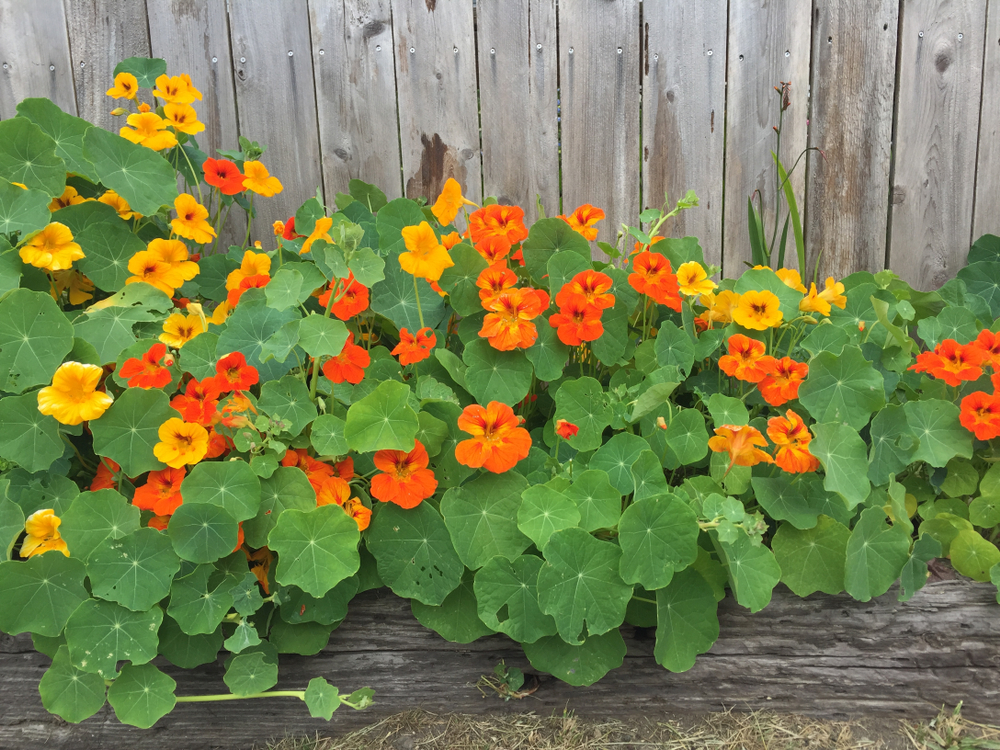
Nasturtiums serve as a natural pest deterrent when planted near turnips. Their bright flowers attract aphids and other pests away from turnips, acting as a trap crop. This reduces the need for pesticides and helps keep turnip plants healthy.
They also attract pollinators that improve overall garden productivity. Nasturtiums require little maintenance and do not compete heavily for nutrients, making them a good companion choice.
Garlic
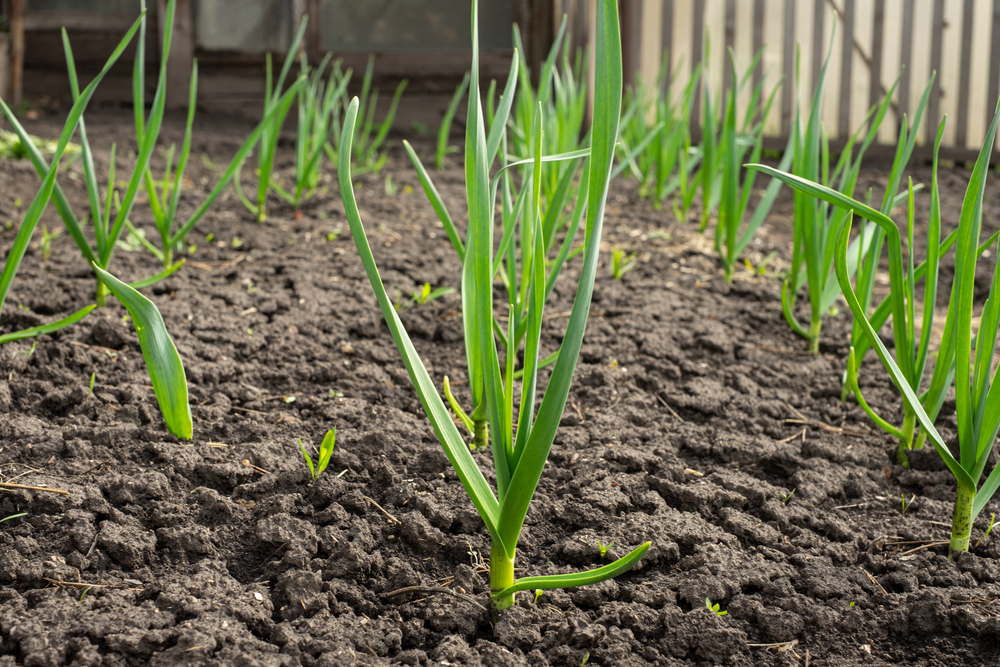
Garlic planted near turnips can help repel insects that cause damage to turnip leaves and roots. Its strong scent confuses pests and reduces infestations naturally. This benefit helps reduce chemical pest control efforts.
Garlic has a shallow root system that does not compete much with turnips. It also grows well in similar soil and light conditions, making it an easy companion plant to include in the garden.
Beets
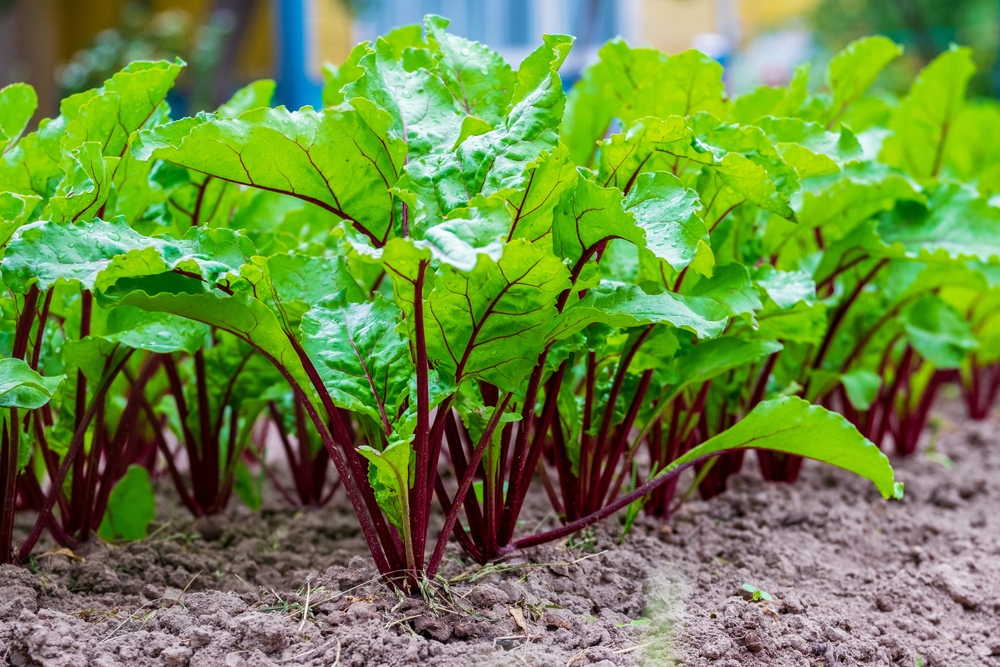
Beets and turnips can share space successfully since their roots develop at different depths. This reduces competition for soil nutrients and water. Both plants prefer similar growing conditions, making them compatible companions.
Beets grow more slowly than turnips but do not crowd the soil surface, allowing turnip leaves room to receive sunlight. Together, they can create a diverse and productive garden bed.
Herbs (such as Dill and Mint)
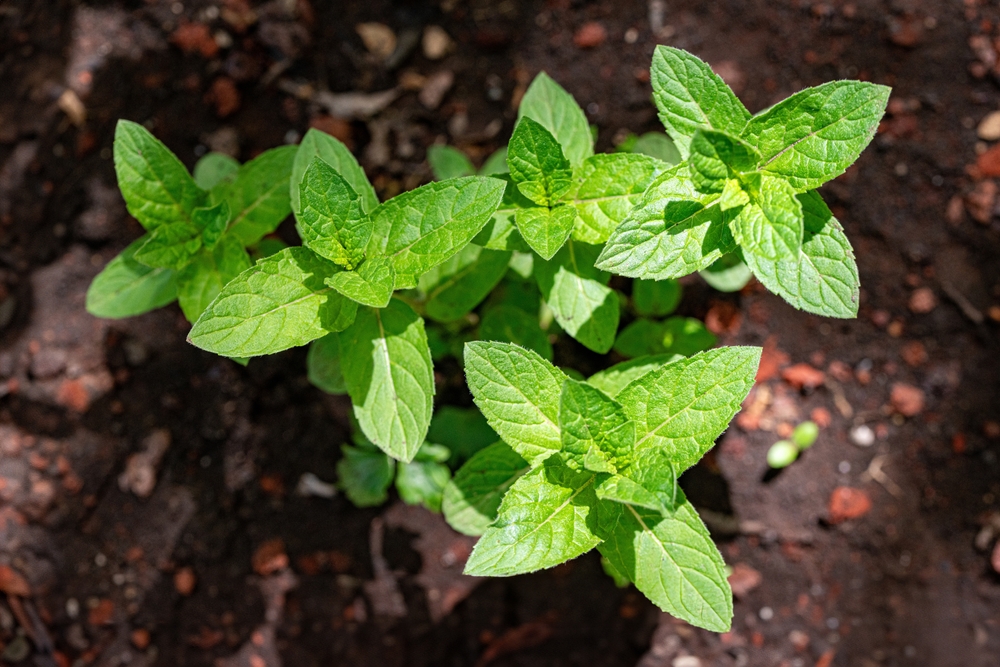
Certain herbs like dill and mint help protect turnips by attracting beneficial insects and repelling pests. Dill draws predatory insects that eat harmful bugs, while mint’s strong scent deters unwanted visitors.
However, mint can be invasive if not controlled, so it is best planted in containers near turnips rather than directly in the garden bed. Using herbs as companions supports a healthier and more balanced garden ecosystem.
Tomatoes
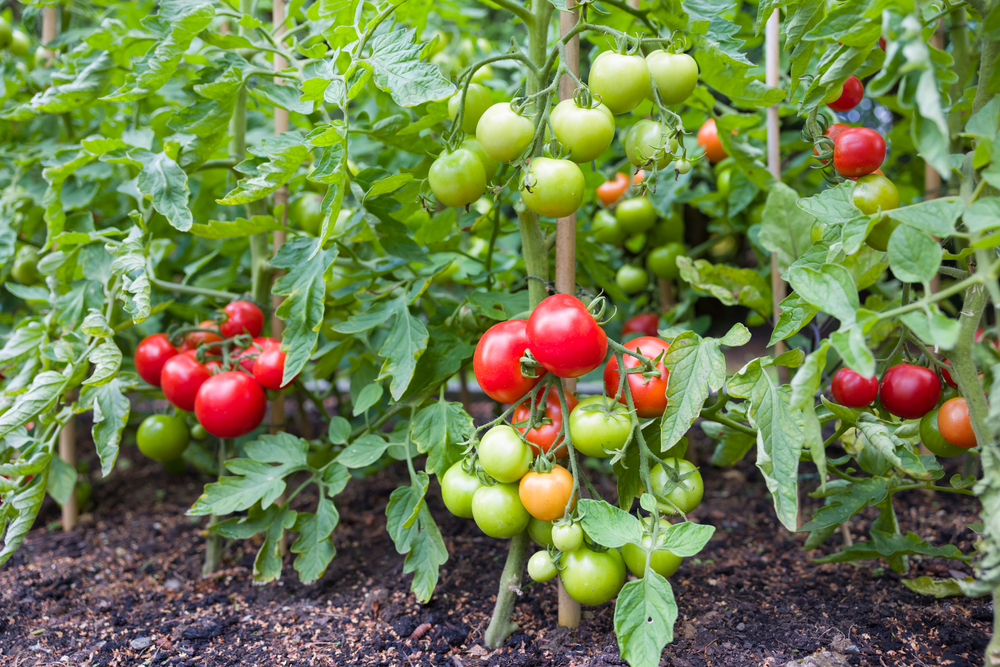
Tomatoes and turnips can grow near each other without much competition because tomatoes grow tall and turnips stay low. The taller tomato plants provide some shade that can protect turnips from intense sun during hot days.
Tomatoes have different nutrient needs, which reduces direct competition. Planting these together can make efficient use of garden space while providing a diverse harvest.
Potatoes (Plants to Avoid)
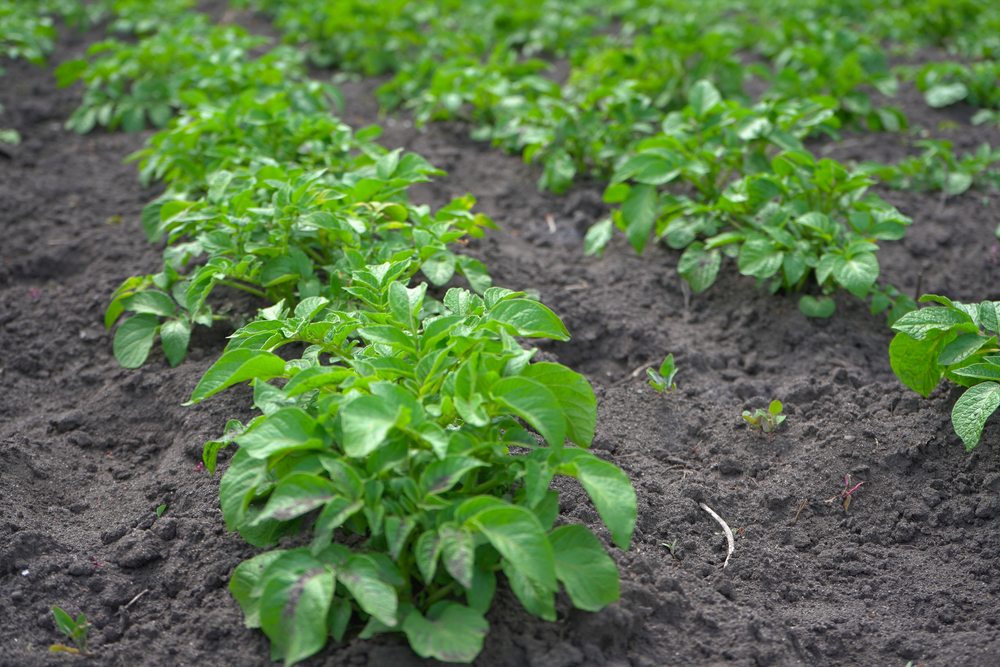
Potatoes should be kept away from turnips because they compete for similar nutrients and can attract similar pests, such as potato beetles. Planting them close may lead to poor growth and increased pest problems for both crops.
Both plants also require rich soil, which can become depleted quickly if they are grown together without proper crop rotation. It is better to separate these crops by at least a few feet or plant them in different garden beds.
Strawberries (Plants to Avoid)
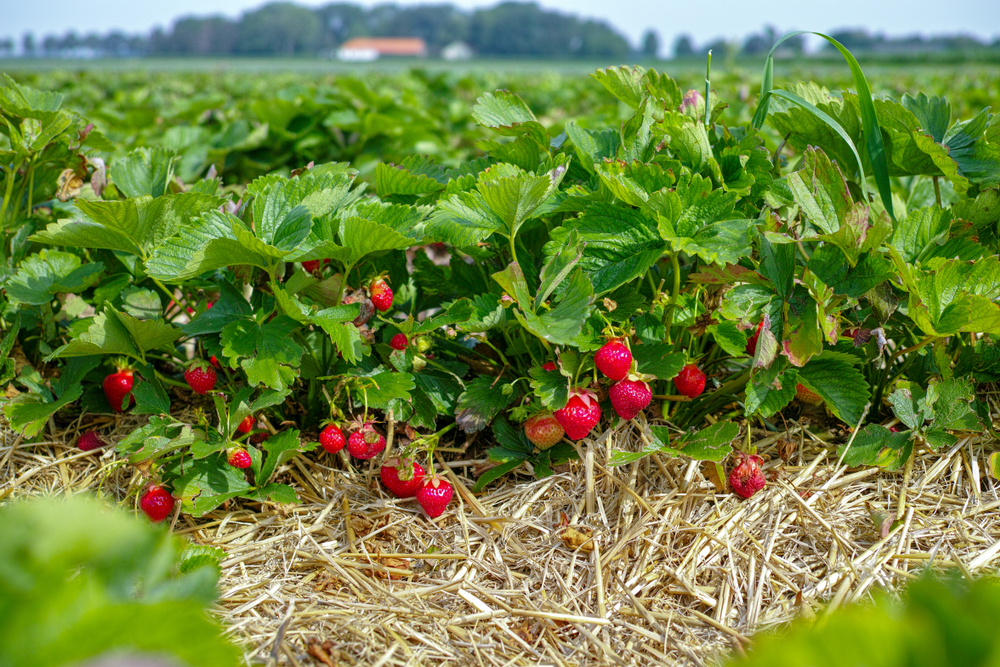
Strawberries should be avoided near turnips because their spreading growth habit can crowd out turnip plants. They compete for space and can limit air circulation, increasing the risk of diseases.
Strawberries also demand similar nutrients, which can reduce the availability for turnips if grown too close. Keeping strawberries separate helps maintain healthier growth for both crops.
Fennel (Plants to Avoid)
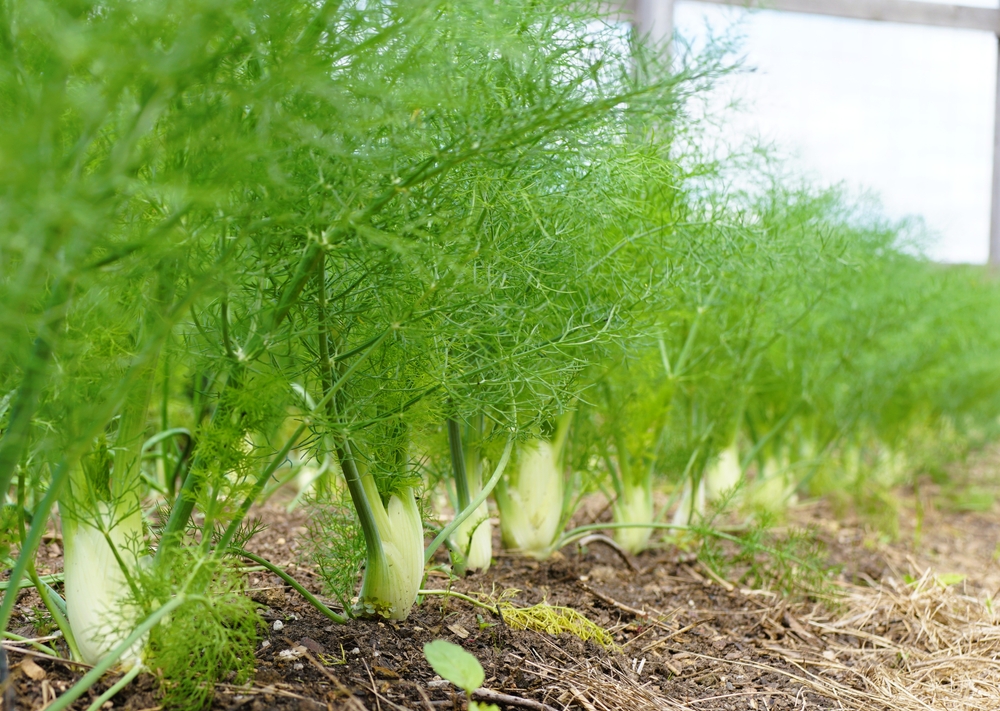
Fennel is known to inhibit the growth of many garden plants, including turnips. Its roots release substances into the soil that can suppress nearby plants, causing stunted growth or poor yields.
Because of its allelopathic properties, fennel should be planted well away from turnips and most other vegetables. Avoid placing fennel in the same garden bed as turnips to prevent negative effects.
This article originally appeared on Avocadu.
